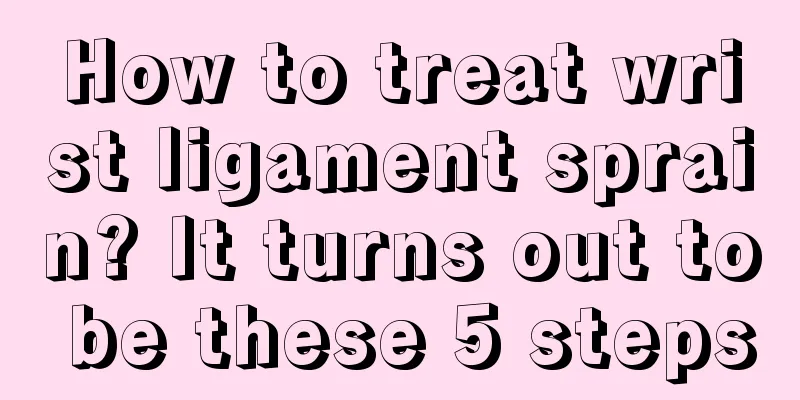Four types of people should not walk barefoot on cobblestone roads

|
Walking barefoot on the cobblestone road can stimulate the acupuncture points on the soles of the feet, dredge the blood vessels and meridians on the soles of the feet, exercise the muscles on the soles of the feet, and enhance the stability of the lower limbs. However, since walking on the "Healthy Road" causes a strong stimulation to the soles of the feet, it is generally only suitable for short-term practice. When walking on cobblestone roads, you should wear soft-soled shoes or go barefoot, because thick and hard shoes will block the massaging effect of the pebbles on the soles of your feet. When practicing, you can take small steps in rotation and feel the pressure of the pebbles on the soles of your feet. Learn to use your toes more to grip the road surface to avoid concentrating too much weight on the heel and forefoot. Due to long-term wearing of shoes, the weight-bearing and grasping functions of human toes, especially the outer toes, are in a semi-degenerate state. Through this exercise, the plantar muscles can be trained and the weight-bearing stability of the foot can be enhanced. During the exercise, the soles of your feet should feel comfortable and have a massaging sensation. If the pain is obvious, you should wear soft-soled shoes for practice or reduce the practice time. The road conditions of “Healthy Road” are also very particular. Pebbles are too sparse and uneven, which not only have a poor massage effect on the soles of the feet, but also easily cause injuries to the practitioners. Dense and small pebbles are the best road surface. Dense pebbles can evenly bear the weight on the soles of the feet and reduce pain on the soles of the feet.
The following four types of people should not take the "healthy path" 1. Patients with Parkinson's disease, impaired cerebellar balance function, cervical spondylotic myelopathy, etc., cannot perform such exercises because they cannot control their steps. 2. For patients with more serious hip and knee joint diseases, due to the lack of joint flexibility, uneven roads will increase the load on the joints and aggravate joint damage. 3. For people who have been bedridden for a long time or immobilized for a long time due to limb injuries, it may be dangerous to do this kind of exercise when they just start to practice walking because of the lack of lower limb muscle strength.
4. People who have lower limb muscle weakness due to nervous system diseases should not do this exercise. |
<<: Be careful! 4 “impatient” traits in the body are signs of disease
>>: 12 Commonly Ignored Heart Disease Symptoms
Recommend
How to treat carbuncle after primary liver cancer resection? Two common treatment methods for primary liver cancer
For primary liver cancer, the main purpose of tre...
What are the pros and cons of tapping the soles of your feet?
As we all know, there are many acupoints on the s...
Is gastric schwannoma a malignant tumor?
Gastric schwannomas are mostly benign tumors, but...
Can eating skewers in the summer cause liver cancer? These symptoms are very likely to be liver cancer
Liver cancer is the third most common malignant t...
Why can't I chew seaweed?
People think that nori is an aquatic vegetable wi...
Do's and Don'ts of Exercise after Lymphoma Surgery
The latest research shows that exercise can reduc...
Nursing methods for severe hemoptysis caused by lung cancer
There are many factors that lead to lung cancer, ...
What kind of tea is Pu'er tea
What kind of tea is Pu'er tea? I believe that...
What to do if a rusty nail pierces your foot
Many people get their feet punctured, and most of...
How to plant watermelon seeds after eating
Many people choose to save the watermelon seeds w...
How to prevent liver cancer
The incidence of liver cancer has been rising in ...
What happened if I found my mouth was crooked when taking a photo?
Many of our friends like to pose when taking phot...
Is glaucoma hereditary? Parents must know this
Glaucoma is a relatively common disease in life. ...
How to diagnose lymphoma
Once a patient is diagnosed with lymphoma, it wil...
How to prevent liver cancer in daily life? You should do this to prevent liver cancer
Liver cancer is a disease with a relatively high ...









